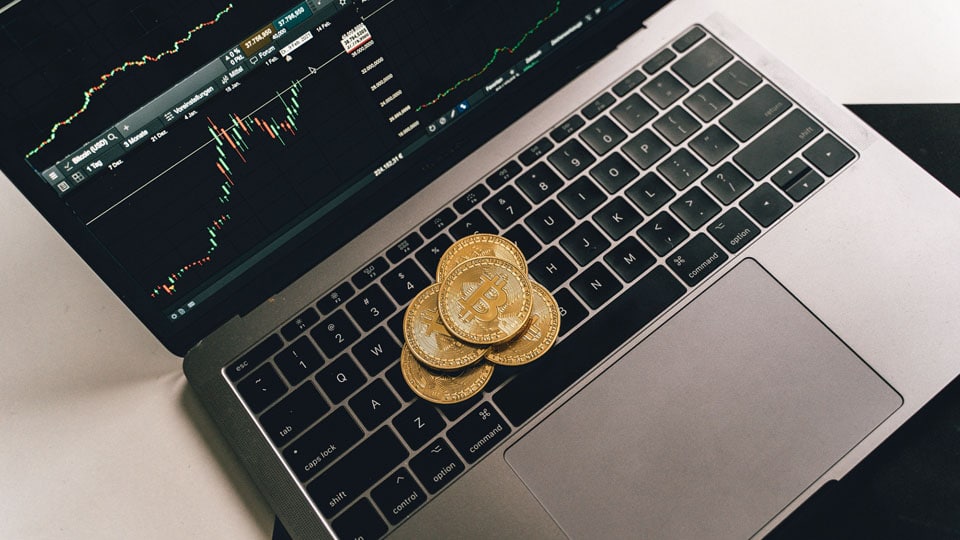Dive into the dynamic world of tokenomics, where innovation reigns supreme. Discover the top three groundbreaking advancements reshaping the crypto sphere. From dynamic token supplies to revolutionary staking mechanisms, explore the future of finance with these game-changing developments. Tokenomics is just the starting, keep exploring and improving your skills when it comes to crypto and investing. Immediate Unlock 200 can be a game changer as it is making investment education accessible to everyone.
Dynamic Token Supply
Dynamic token supply is a revolutionary concept in the realm of cryptocurrency economics, introducing a flexible approach to managing token circulation. Unlike traditional fixed supply models, which are static and unchanging, dynamic token supply allows for adjustments based on real-time market conditions, demand trends, and project needs.
This adaptability is crucial for maintaining token value and ecosystem stability, as it enables projects to respond effectively to changing circumstances. By dynamically adjusting token supply, projects can mitigate inflationary pressures, enhance scarcity, and optimize token value over time.
This innovative approach not only promotes sustainability but also fosters a more dynamic and resilient ecosystem for digital assets.
One of the key benefits of dynamic token supply is its ability to address issues of token scarcity and inflation. In traditional fixed supply models, tokens can become scarce over time, leading to increased demand and potentially unsustainable price increases.
Dynamic token supply mitigates this risk by allowing for the creation of new tokens in response to increased demand, thereby maintaining a healthy balance between supply and demand. This mechanism helps stabilize token prices and prevents rapid fluctuations that can be detrimental to the ecosystem.
Another advantage of dynamic token supply is its impact on tokenomics and project sustainability. By adjusting token supply based on market conditions and project needs, dynamic token supply enables projects to align their token economics with their long-term goals.
For example, a project may choose to increase token supply to incentivize liquidity providers or decrease supply to combat inflation. This flexibility allows projects to adapt to changing market dynamics and ensure the long-term viability of their ecosystems.
Token Burning Mechanisms
Token burning mechanisms are a strategic tool used by cryptocurrency projects to manage token supply and increase token value. This process involves permanently removing a certain number of tokens from circulation, reducing the total supply available in the market. The main goal of token burning is to create scarcity, which can lead to an increase in demand and, consequently, an increase in token value.
There are several ways in which token burning can be implemented. One common method is to burn tokens that are used for transaction fees.
For example, in a decentralized exchange (DEX), a portion of the tokens used to pay for transaction fees can be burned, reducing the overall supply of the token. This can create a deflationary effect, as the total supply of the token decreases over time.
Another method of token burning is through buybacks. In this approach, a project uses its profits or reserves to buy tokens from the market and then permanently removes them from circulation. This can help increase token value by reducing supply and signaling to the market that the project is financially stable and committed to its long-term success.
Token burning can also be used as a reward mechanism. For example, in a proof-of-stake (PoS) blockchain, validators are rewarded with transaction fees and new tokens.
By burning a portion of the rewards, validators can increase the value of the remaining tokens they hold, incentivizing them to continue validating transactions and securing the network.
Staking and Yield Farming
Staking and yield farming are two popular methods for earning passive income in the cryptocurrency space. Staking involves locking up a certain amount of cryptocurrency in a wallet to support the operations of a blockchain network. In return, stakers are rewarded with additional tokens, typically in the form of the network’s native cryptocurrency. This process helps secure the network by incentivizing participants to hold and stake their tokens, thereby reducing the circulating supply and increasing the network’s overall security.
Yield farming, on the other hand, is a more complex process that involves providing liquidity to decentralized finance (DeFi) protocols in exchange for rewards. Users can earn these rewards by lending their cryptocurrencies or providing liquidity to trading pairs on decentralized exchanges (DEXs).
Yield farming often involves moving assets between different protocols to maximize returns, making it a more active form of earning passive income compared to staking.
Both staking and yield farming offer attractive rewards for participants, but they also come with risks. Staking involves locking up funds, which can be risky if the value of the staked tokens decreases.
Additionally, yield farming carries the risk of impermanent loss, where the value of the assets provided as liquidity fluctuates compared to holding them in a wallet.
Despite these risks, staking and yield farming have become increasingly popular among cryptocurrency enthusiasts looking to earn passive income and participate in the growing DeFi ecosystem.
Conclusion
Innovations in tokenomics are propelling the crypto revolution forward at lightning speed. These top three advancements are not just changing the game; they’re defining it. As the landscape continues to evolve, staying abreast of these innovations is crucial for anyone looking to navigate the exciting world of cryptocurrency.








Recent Comments